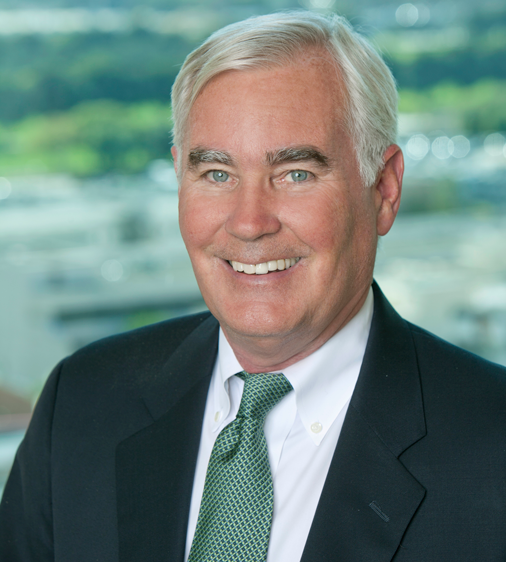Trending
LA zoning needs an overhaul, but not by way of Measure S: former planning director

A former Los Angeles Planning Director says Measure S is a hastily drawn, poorly written ballot initiative which will have unintended ripple effects throughout the region.
Speaking at an event Tuesday morning, Con Howe likened the measure getting the attention of city officials to the old adage of hitting “a jackass in the head with a two-by-four.”
While the backers of Measure S have raised important zoning issues, including the need to modernize the city’s general plan, the solution its backers propose goes too far in its current form, he said.
“Maybe you got their attention, but the rest of us have to live with the consequences,” he said.
Howe, who was speaking at an Urban Land Institute–sponsored event dubbed “Density Wars: Everything You Need to Know About Measure S,” is certainly familiar with L.A.’s antiquated zoning process. Now an executive at the real estate investment firm CityView, he was planning director from 1992 to 2005.
Slated for the March 7 election, the ballot measure’s chief provision would place a two-year moratorium on all projects that require general plan amendments and most that require other zoning changes, while also forcing the city to update its zoning code.
The initiative’s backers, led by the well-funded Coalition to Preserve L.A., say that approving the measure would eliminate so-called spot zoning, update decades-old planning frameworks, slow the residential housing boom and its corresponding traffic increases and prevent L.A. from turning into a skyscraper city. The city’s general plan hasn’t been updated in over 20 years, and the oldest of its 35 community plans — covering Hollywood — was last revised in 1988.
They also argue the measure would help clean up what they view as an inherently political, corrupt process in which developments are approved on a case-by-base subjective basis, with developers funneling campaign contributions to politicians they hope will go to bat for their projects.
Opponents of the measure, including developers, land-use, labor and housing interests, argue that it would freeze the entitlement process, slowing housing production to a crawl. This, they argue, would cause prices to skyrocket in a market already among the least affordable in the U.S.
More than half of L.A. residents are “rent-burdened,” meaning they spend more their 30 percent of their income on housing costs, Greg Morrow, a University of Calgary professor who previously studied the city’s slow-growth movement, said in an opening speech at the event. A two-year moratorium on most projects would almost certainly worsen both of those figures, he said.
While Measure S supporters flaunt its exemption for affordable projects, speakers said Tuesday that, under its restrictions, few would become a reality. If the initiative passes, projects would have to be 100 percent affordable in order to get a zoning change. If a project requires a general plan amendment, it would be blocked from being built under any circumstances — even if it was fully affordable.
Adobe Communities CEO Robin Hughes, speaking at the ULI event, said that her affordable housing development firm would have been unable to develop projects like the Rolland Curtis Gardens under Measure S. Completed in 2016, the project took pre-existing housing parcels near USC and up-zoned them from 48 units to 140 units, adding a commercial component with a community health center. Because it required a general plan amendment, it would have never been greenlit under the proposed rules, Hughes said.
She also pointed to a provision in the initiative that requires no “net loss of land dedicated to open space, agriculture, or industry.” The last item — industrial spaces — have been key to developing affordable housing in the city, Hughes said. “Measure S goes too far and takes away a tool we need for affordable housing,” Hughes said.
Howe said he didn’t believe the authors of the measure intended to take away those tools, but in drafting a proposed ordinance with little feedback and no oversight, they ended up with a document that could halt progress in the fights against rising housing costs and homelessness.
“This what’s so upsetting about the group that put this on the ballot…the people who drafted it didn’t really know what they were doing,” Howe said.
But David Abel, publisher and editor-in-chief of the Planning Report, argued Measure S isn’t “locking” the city into anything, just forcing it to press pause and examine how to improve its processes. He said that without a drastic action like Measure S, the city’s elected officials have no reason to address the outdated planning rules that govern Los Angeles and its communities.




